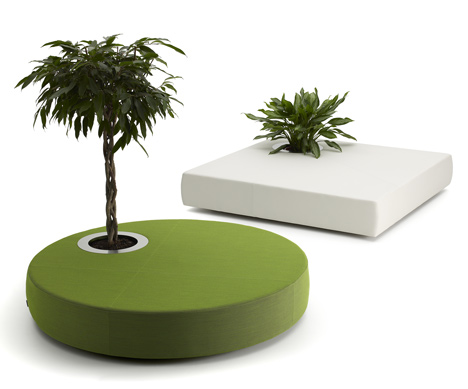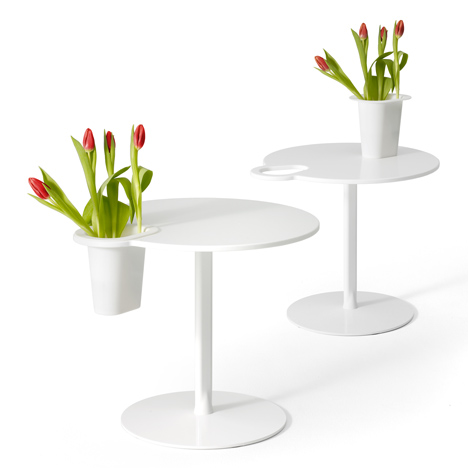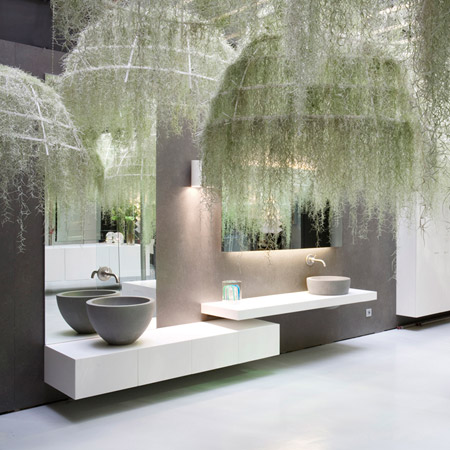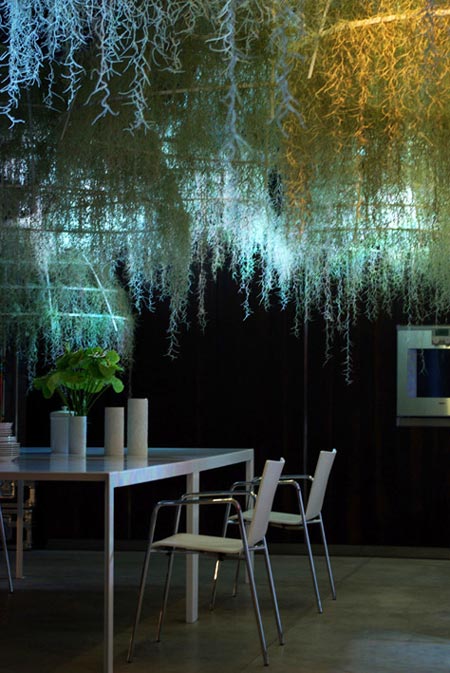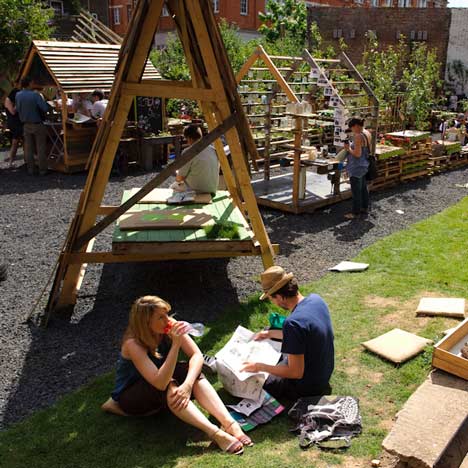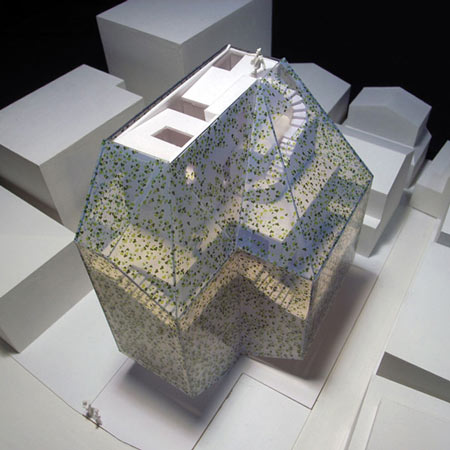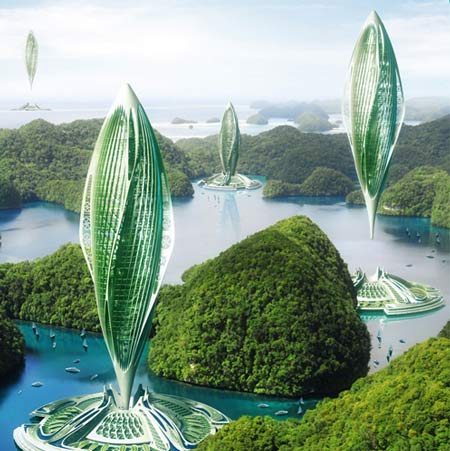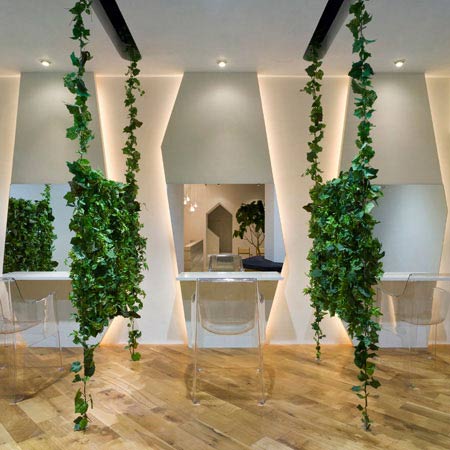IT'S NOT JUST FOR BREAKFAST ANYMORE
Concrete is the most heavily used building material in the world. In many applications, there seem to be no practical alternatives. But concrete, like every other material, is being re-evaluated in terms of its environmental impact. The concrete industry is working on ways to green its products.
In the meantime, I would like to suggest a widely available, rapidly-renewable-resource-based concrete alternative: oatmeal.
The possibilities of this product were suggested to me late one night during World of Concrete, in the bar of one of the lesser-known Vegas hotels. I awoke the next morning with the question pounding in my head: Could it really be as simple as adding a heating element into the mixer of a concrete truck?
The purpose of this article, then, is to examine the feasibility of converting the North American readymix industry to construction-grade oatmeal.
The Material
Construction grade oatmeal should not be confused with the more common, wimpy "rolled oats" materials such as Quaker Oats (which are only acceptable for stucco and other non-loadbearing applications), nor Instant Oats, which are more suitable as a drywall-mud substitute. Only steel-cut oats, frequently sold as "Irish Oatmeal," achieve sufficient structural properties to be considered a true concrete alternative.
The similarities are obvious. Both materials are mixed into a viscous slurry that can be placed with a shovel, poured, or pumped (although pumping requires very high pressure equipment in the case of Irish Oatmeal). Both contain a combination of a cementitious material and hard aggregate (if you've ever chewed Irish Oatmeal, you know about the aggregate.) Both harden into an artificial stone within a few hours, and keep hardening for weeks or even years.
Vive La Difference!
To the casual observer, they seem like almost identical materials. The differences are significant, however, and should not be overlooked.
First and foremost, portland cement concrete is a setting-type material, whereas oatmeal is a drying-type material, achieving hardness as its internal moisture evaporates. This means that, as long as a cover is placed on the ready-mix truck to prevent evaporation, the oatmeal mix never gets too old to be used, no matter how bad traffic delays get. In fact, due to the normal cooking time of oatmeal, any mix younger than 45 minutes is probably not ready for placement. In some of our more congested cities, oatmeal may soon be the only viable readymix product.
Water can be added freely at the jobsite to keep the oatmeal workable without compromising ultimate strength. This is in stark contrast to concrete jobs, where adding water is sometimes the stuff that lawsuits are made of. In hot, dry regions, where concrete is often negatively affected by high placement temperatures and premature drying, oatmeal just becomes a rapid-hardening material at a bargain price.
Admixtures are sometimes used with concrete to accelerate or retard set-times, or to make the mix more workable; none of these are necessary (or useful) with oatmeal. A common oatmeal admixture is CSH (cinnamon, sugar and homogenized milk), which actually functions both as integral pigmenting and additional cementitious material. All three constituents are rapidly renewable resources, so that while the admixture is making the product more brown, it's also making it more green.
Fiber is sometimes added to concrete to enhance tensile strength and control cracking. Fiber is already naturally present in oatmeal, not only improving strength but, according to some studies, possibly lowering cholesterol.
Another important difference is mix design. The strength of concrete is determined by controlling the ratio of water, cementitious materials, fine and coarse aggregate. A high cement ratio yields stronger concrete, but cement is also the most expensive ingredient. This gives both contractor and producer an economic incentive to use the lowest-strength mix acceptable, to save on cement costs. Oatmeal includes both cementitious material and aggregate premixed, and all excess water evaporates, so the only strength-determining factor is how long it's cooked. Any strength-related economic incentive, therefore, revolves around cooking-energy consumption. Undercooked oatmeal releases an inadequate amount of cementitious material, so the mix lacks strength. However, overcooked oatmeal breaks down the aggregate, also compromising strength. As The Three Bears told you long ago, medium cooking is optimal. It could be standardized throughout the industry, allowing equally high strength for every batch, with no financial disadvantage.
It is worth noting another difference. Cement hydration in concrete releases heat, which increases after placement, sometimes creating cracking problems. With oatmeal, the heat is put into the material during mixing, and gradually drops from then on.
Oatmeal does undergo considerable drying shrinkage. However, it is less of a problem than with concrete, since additional wet oatmeal can be added subsequently, and it will bond fully with previous pours.
Supply is an issue. North America has vast amounts of land suitable for oatmeal agriculture. However, in many regions, suitable aggregate for concrete is becoming more scarce, and price is on the rise.
Conclusion
It can be readily seen that oatmeal offers numerous advantages over conventional portland cement concrete. Probably, the slowness of adoption is only due to the industry's notorious suspicion of new technologies, and the general tendency towards caution among the institutions that promulgate building codes.
The one possible downside to oatmeal is that it can be vulnerable to moisture. Large quantities of water will tend to soften it (although, if you've ever left the pot to dry overnight and then tried to clean it, you may doubt this claim). This means that oatmeal may be unsuitable for some extremely moist environments such as the Pacific Northwest, the ocean floor, or along the Gulf Coast. In some of those places, however, it may offer an unexpected plus: a homeowner wiped out by flooding won't starve, since his family can always eat the foundation.
For the previous installment of this column, click here.






